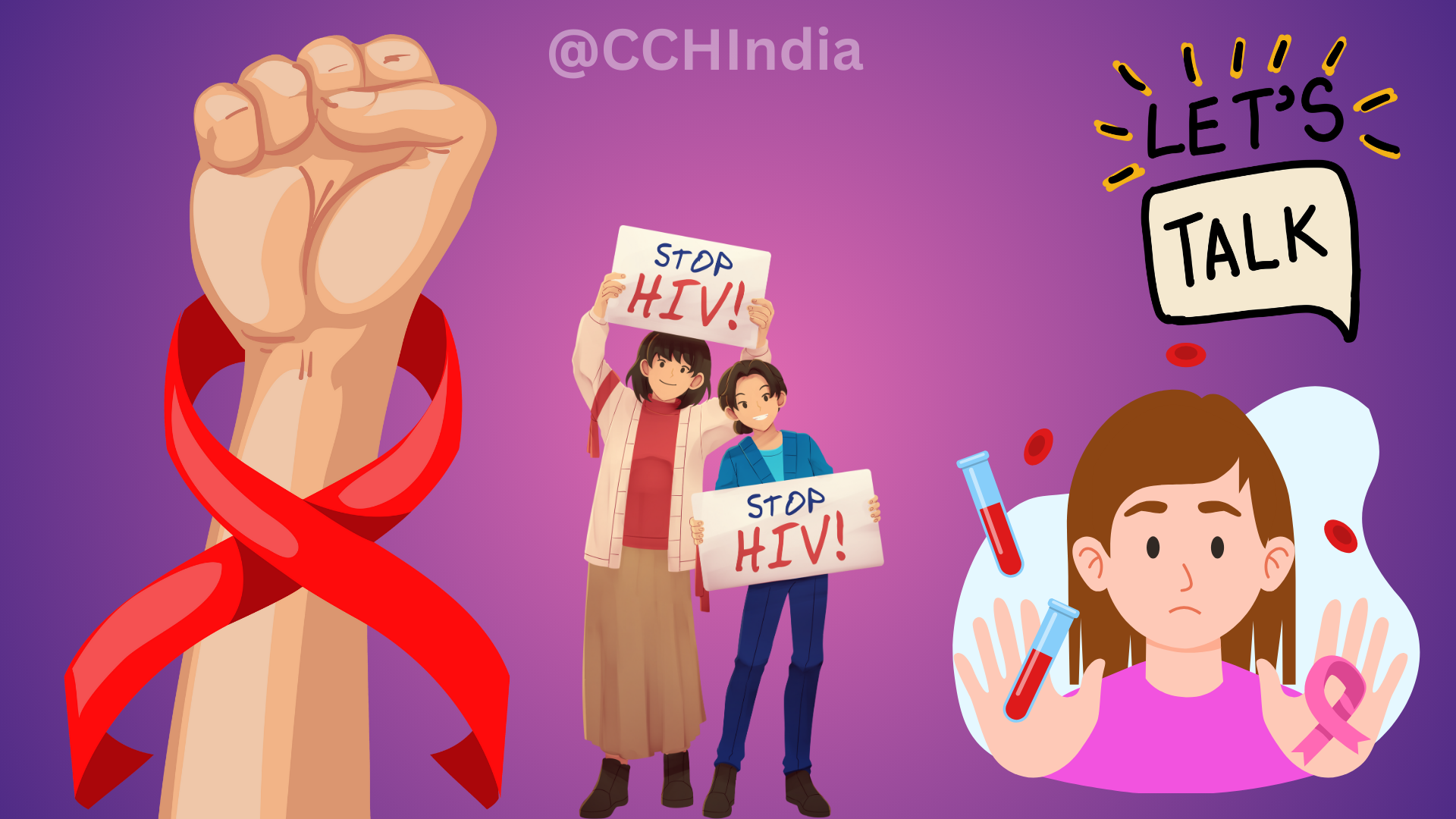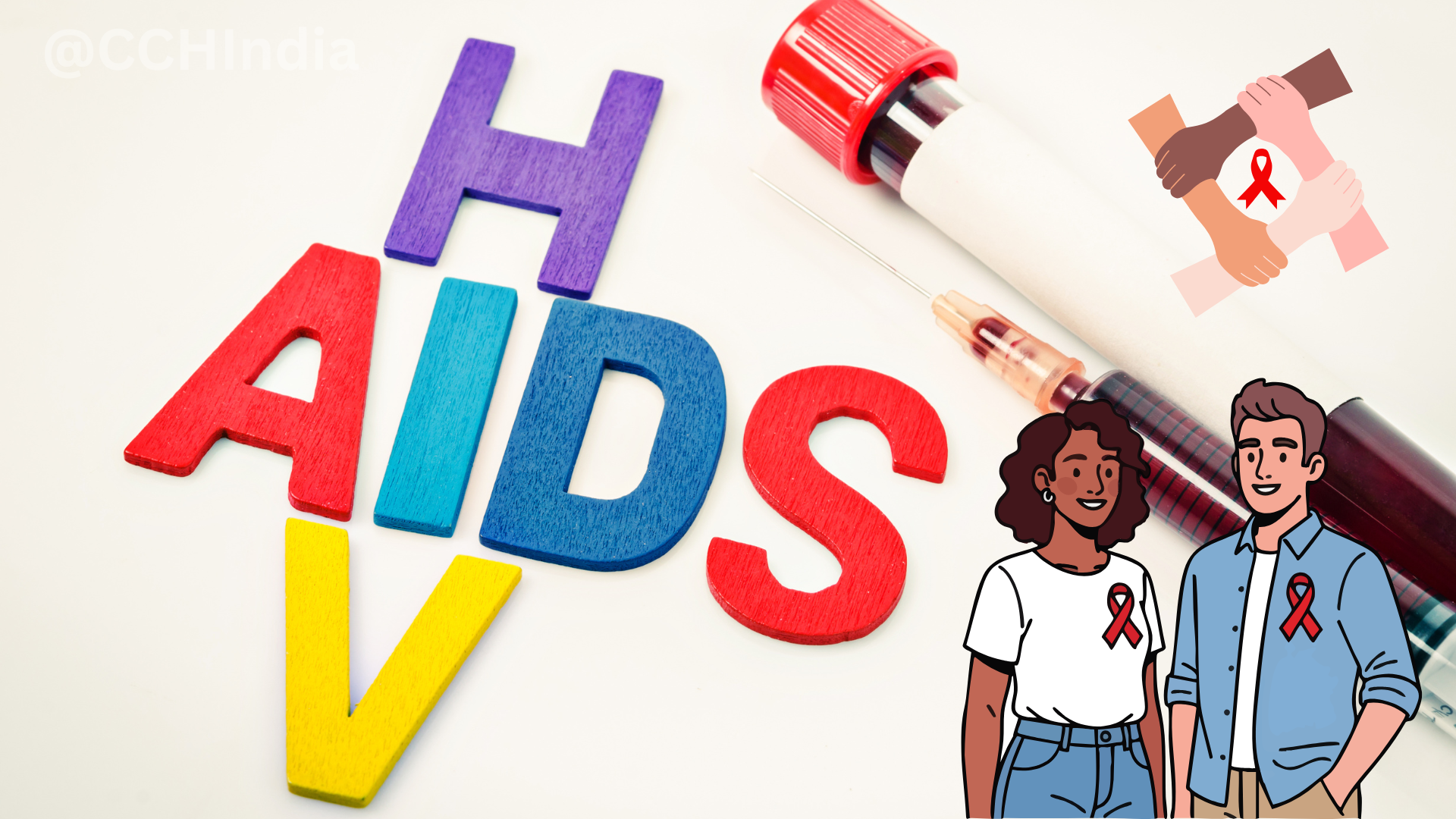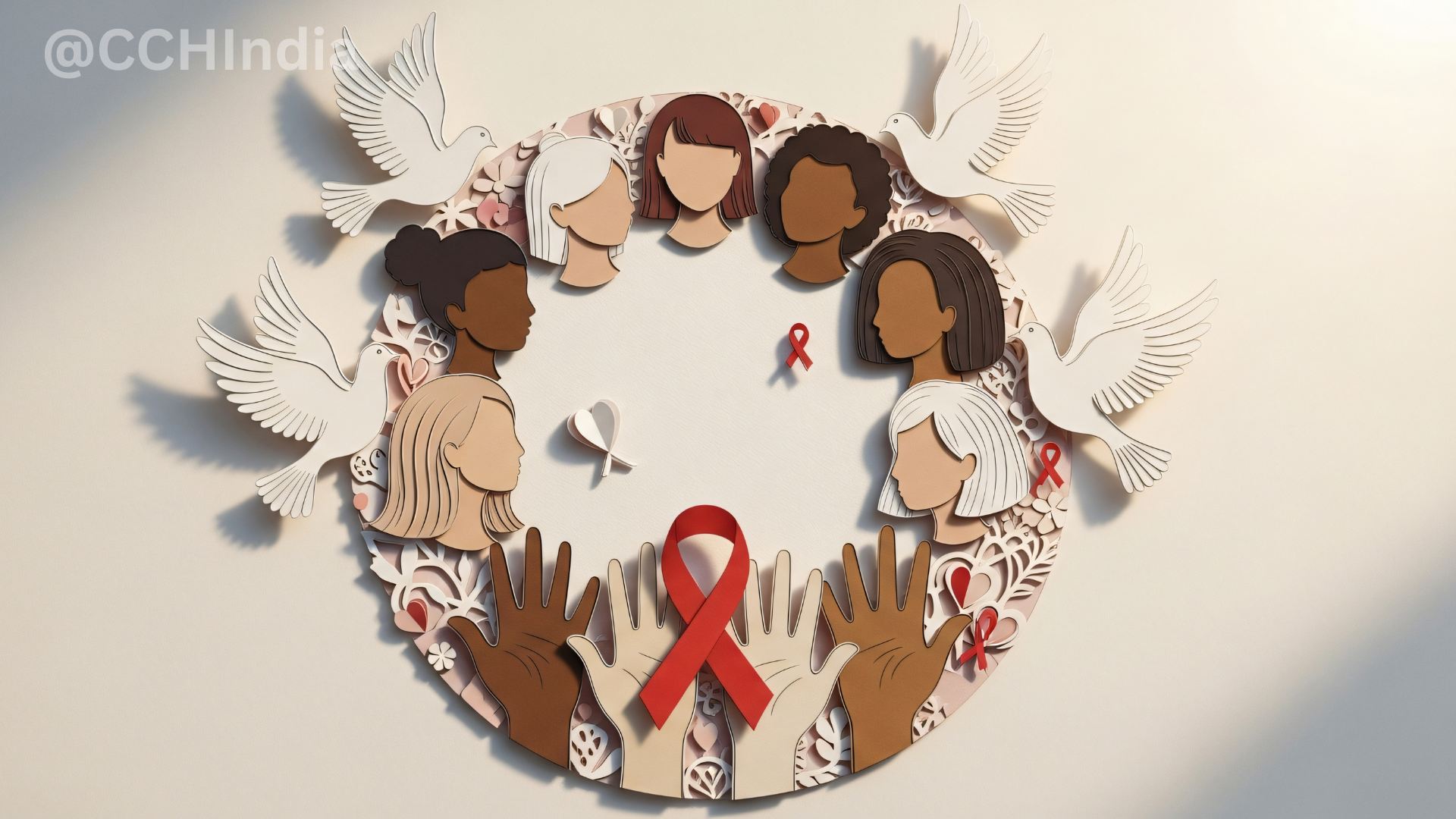How COVID-19 Made India’s Health System Stronger Than Ever
When the COVID-19 storm hit, India’s healthcare system was caught off guard. Hospitals were bursting at the seams, oxygen supplies ran dangerously low, and doctors and nurses were stretched beyond their limits.
It was a tough, painful time. But in the middle of all the chaos, something started to shift. India didn’t just fight back—it adapted. It grew stronger.
What came out of the pandemic wasn’t just survival—it was transformation. A health system that had long needed attention suddenly began evolving at a pace no one expected.
Let’s look at how this happened.
1. Hospitals Rose Almost Overnight
Before COVID, India had just about 70,000 ICU beds—clearly not enough for a population of over a billion. But when the crisis hit, the country acted fast.
Massive COVID care centres were built within days. Remember Sardar Patel COVID Care Centre in Delhi?
Railway coaches were converted into makeshift isolation wards.
Oxygen plants were set up rapidly, helping reduce dependency on imports.
Fast forward to now, and India has over 200,000 ICU beds. That’s not just an upgrade—it’s a sign that we’re much better prepared for the next emergency.
2. Health Went Digital—and It’s Here to Stay
With people stuck at home during lockdowns, getting medical help seemed almost impossible. But that’s when digital healthcare stepped in—and changed everything.
The government’s eSanjeevani telemedicine platform saw over 10 million consultations.
The CoWIN app helped schedule and manage vaccine delivery like a pro—over 2 billion doses given! Smart tools like AI helped track outbreaks and plan healthcare responses.
Today, talking to a doctor from your phone or laptop feels normal. And that’s a big win, especially for remote or rural areas.
3. From Importing to Making Our Own
Before the pandemic, we relied a lot on imported medical supplies. Ventilators, PPE kits, even vaccines. But COVID changed that mindset.
Ventilator production shot up—from just 3,000 a year to over 300,000 in 2020 alone.
PPE kits are now made at scale within India.
India produced its own vaccines like Covaxin, and became a global supplier with Covishield. This wasn’t just about survival—it was about becoming self-reliant. And that shift is still powering us today.
4. Disease Surveillance Got a Much-Needed Boost
COVID exposed a major weakness: we weren’t tracking diseases fast enough. But that changed quickly.
The Integrated Health Information Platform (IHIP) now tracks diseases in real-time.
Labs under INSACOG are helping us spot new variants early through genome sequencing.
ASHA workers, who’ve always been the backbone of rural health, are now better equipped and trained.
Now, when something unusual starts spreading, we catch it sooner—and can act faster.
5. Finally, We Started Talking About Mental Health
One of the quieter but deeply important changes has been around mental health. The pandemic pushed so many people to their limits emotionally—and made us realise how little we talk about mental well-being.
The government launched a 24/7 Tele-Mental Health program, offering free counselling.
Workplaces began taking employee mental health seriously.
More and more people started opening up about therapy, stress, and burnout.
We still have a long way to go, but at least the silence around mental health has started to break.
Are We Truly Prepared Now?
We’ve made serious progress—but we’re not done yet. Some things still need work:
✅ Rural areas still need better hospitals and staff.
✅ Supply chains for medicine and equipment need to be stronger.
✅ Not enough people have health insurance—especially those who need it most.
But overall? We’re on a much stronger footing than we were before 2020.
A Final Thought: Tough Times, Tougher Spirit
COVID-19 tested India in ways we’ll never forget. Families lost loved ones. Frontline workers became real-life heroes. And the entire health system was stretched to its limits.
But through it all, India didn’t back down. It learned, adapted, and rebuilt.
The real challenge now is to keep this momentum going—to not slip back into old ways. Because the next health crisis might already be on the horizon.
And this time, we won’t be starting from scratch.






